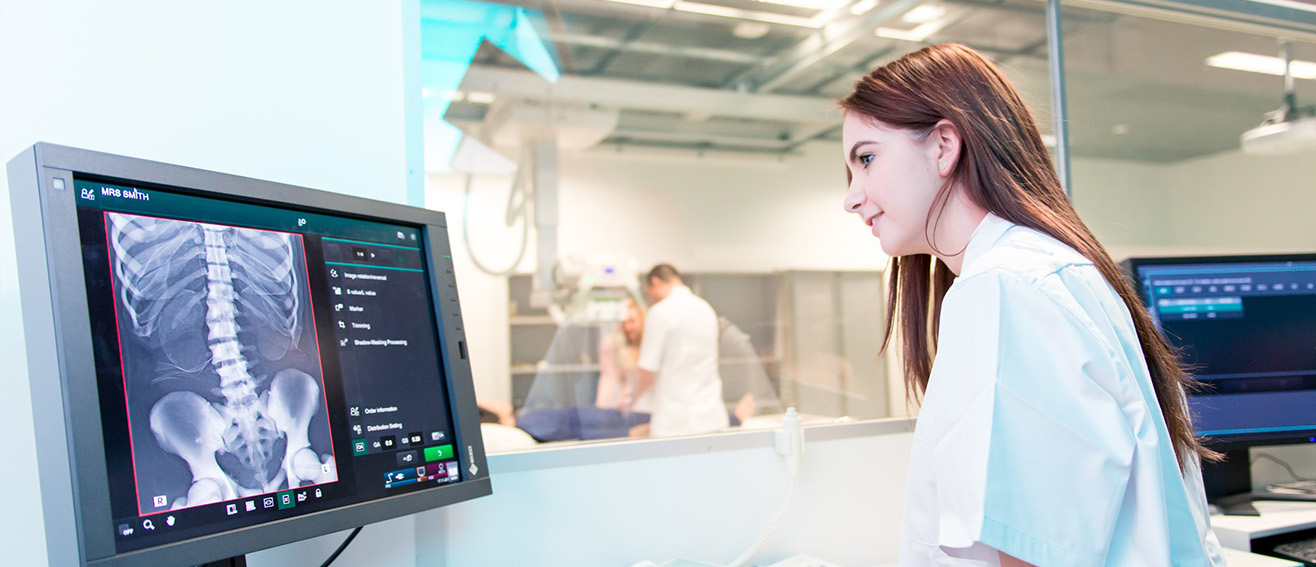There are two types of plain radiographs used in medical imaging. Method to produce, which is useful for device guidance, and projection radiography. Due to their low cost, good resolution, and, depending on the application, lower radiation dosages, geometrical techniques are still widely used today despite the development of three-dimensional tomography. imaging center in New Jersey is the first imaging tool available in contemporary medicine and uses a broad beam of the cross to acquire images.
Similar to radiography, an imaging system creates real-time images of the body’s internal structures while using a steady supply of anti-anti at a lower dose rate. Internal organs can be seen functioning by using contrast agents such as barium, iodine, and air. When it’s necessary to receive continuous feedback while performing an image-guided surgery, fluoroscopy is also performed. The radiation must pass through the area of interest before it can be converted into an image by an image receptor. An Imaging Amplifier, a long-evacuated tube with a mirror at the other end and a receptive end coated with potassium salt, replaced the luminescent screen that was used in the beginning.
Radiological safety
Maintaining patient safety in diagnostic and interventional radiology requires careful consideration of radiation protection. Justification, optimization, and the use of doses At Low as Realistically Obtainable are the three guiding principles of radiation protection of patients. Crystallinity provides persistent commitments to all facets of radiation protection for users, occupational exposure of employees, and the general population under the auspices of Imaging. The tender initiative helped Vital capacity evaluate the transposition efforts in a successful manner.
The avoidance or decrease of dosage through the use of the basic protective techniques of the time, distance, and shielding is fundamental to radiation protection. Exposure time should be kept to a minimum, distance from the radiation source should be increased, and the source or target should, whenever possible, be protected. Personal types of sensors for radioactive materials and bioassay procedures for internal dose due to ingestion of radiation leaks are both used to assess the amount of radiation a person is exposed to during workplace or emergency exposure.

